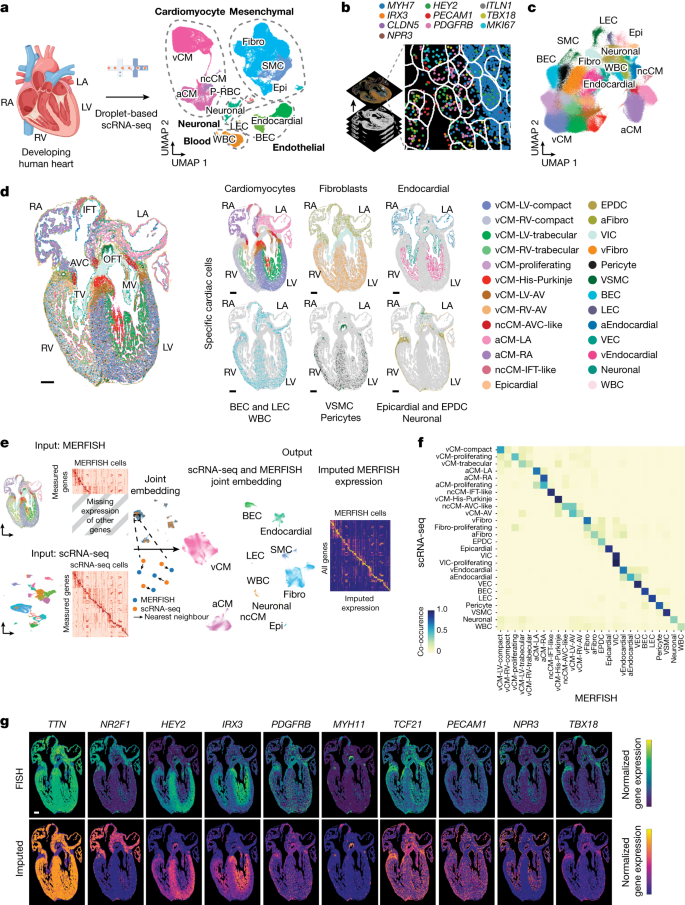2024-03-13 オークリッジ国立研究所(ORNL)
<関連情報>
- https://www.ornl.gov/news/researchers-ornl-develop-ai-driven-tool-near-real-time-cancer-surveillance
- https://ascopubs.org/doi/10.1200/CCI.23.00148
Path-BigBird: がん病理報告書の分類に対するAI駆動トランスフォーマーアプローチ Path-BigBird: An AI-Driven Transformer Approach to Classification of Cancer Pathology Reports
Mayanka Chandrashekar, PhD; Isaac Lyngaas, PhD; Heidi A. Hanson, PhD, Shang Gao, PhD; Xiao-Cheng Wu, MD, MPH; and John Gounley, PhD
Clinical Cancer Informatics Published:February 27, 2024
DOI:https://doi.org/10.1200/CCI.23.00148

Abstract
Purpose
Surgical pathology reports are critical for cancer diagnosis and management. To accurately extract information about tumor characteristics from pathology reports in near real time, we explore the impact of using domain-specific transformer models that understand cancer pathology reports.
Methods
We built a pathology transformer model, Path-BigBird, by using 2.7 million pathology reports from six SEER cancer registries. We then compare different variations of Path-BigBird with two less computationally intensive methods: Hierarchical Self-Attention Network (HiSAN) classification model and an off-the-shelf clinical transformer model (Clinical BigBird). We use five pathology information extraction tasks for evaluation: site, subsite, laterality, histology, and behavior. Model performance is evaluated by using macro and micro F1 scores.
Results
We found that Path-BigBird and Clinical BigBird outperformed the HiSAN in all tasks. Clinical BigBird performed better on the site and laterality tasks. Versions of the Path-BigBird model performed best on the two most difficult tasks: subsite (micro F1 score of 72.53, macro F1 score of 35.76) and histology (micro F1 score of 80.96, macro F1 score of 37.94). The largest performance gains over the HiSAN model were for histology, for which a Path-BigBird model increased the micro F1 score by 1.44 points and the macro F1 score by 3.55 points. Overall, the results suggest that a Path-BigBird model with a vocabulary derived from well-curated and deidentified data is the best-performing model.
Conclusion
The Path-BigBird pathology transformer model improves automated information extraction from pathology reports. Although Path-BigBird outperforms Clinical BigBird and HiSAN, these less computationally expensive models still have utility when resources are constrained.


